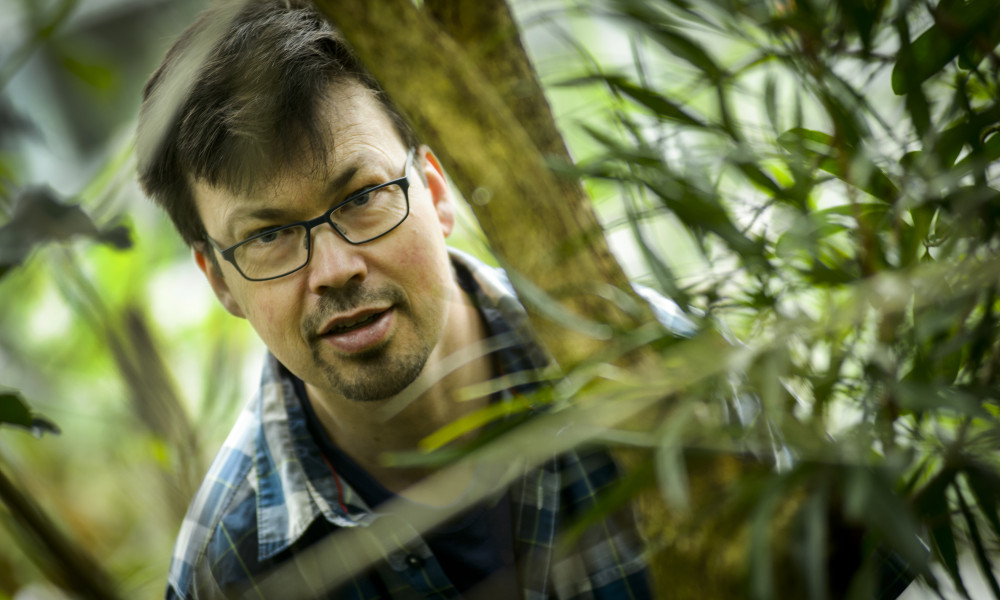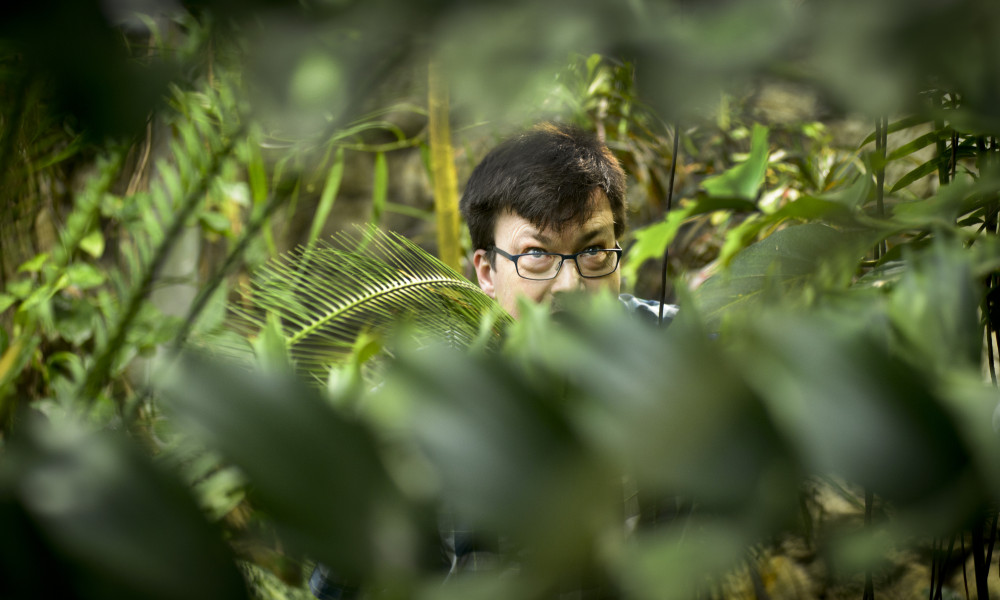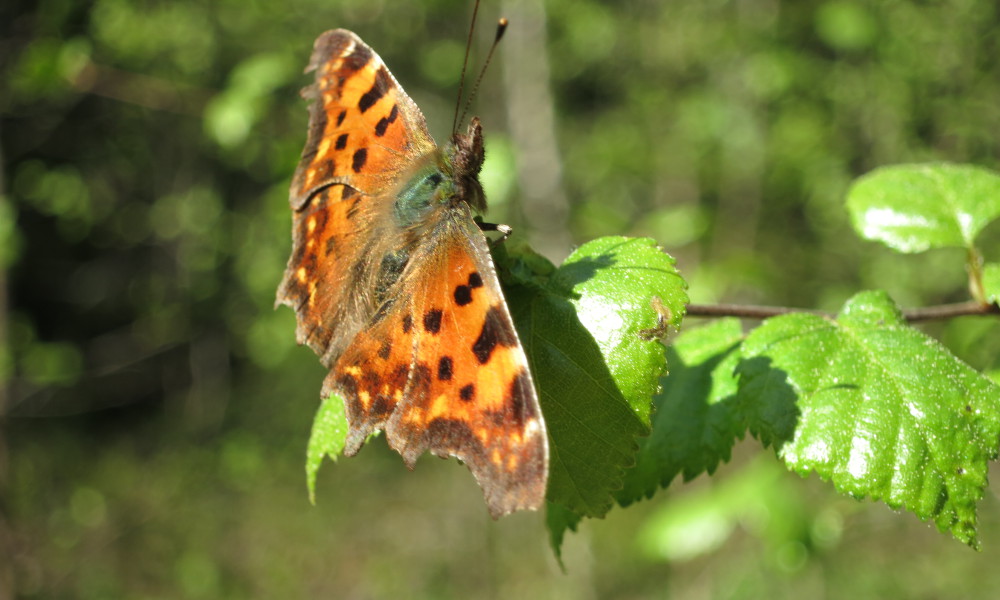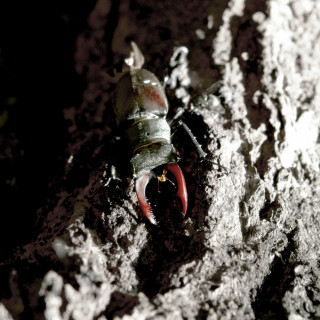On the lookout for butterflies
Do you notice the butterflies in your neighbourhood? If so, you can contribute to environmental research. Monitoring butterflies can give us vital information about changes in the landscape and the climate.
Butterflies do not have a long lifespan, but they can produce many offspring. They are sensitive to climate change, and variations in their number and distribution can therefore provide early evidence of environmental changes. Butterflies are not only beautiful, they are also an interesting object of study for researchers like Lars Pettersson at the Department of Biology, Lund University.
“By taking note of what butterflies we see and where, we can not only work out what factors threaten or favour butterflies in particular, but also what factors have an impact on butterfly habitats”, he explains.
The problem is that it requires a lot of people to monitor butterflies in a range of different regions and environments. If the researchers tried to do the work themselves, they would never be able to cover the whole of Sweden.
“However, now we are investing in a long-term programme that builds on local initiatives”, says Lars Pettersson.
He is the coordinator of the Swedish Butterfly Monitoring Scheme, which was started in 2010 at the initiative of the Swedish Environmental Protection Agency. Since butterflies are fairly easy to recognise, anyone can help, says Lars Petterson, explaining how to get started.
“Choose a site close to where you live. It could be your garden or a path you often walk along. Count the butterflies at your site 3–7 times during the spring and summer – that way, all species have a chance to be included. It’s only worth going out when it’s nice weather: sunny, warm and not windy!”
More detailed instructions and reporting forms are available on the scheme’s website or by email or post. Results are reported in the same way, and there are also plans for a butterfly monitoring app, according to Lars Pettersson.
“It’s important that we respond to how people want to take part. I travel round and try to get people enthusiastic about the scheme.”
Lars Pettersson points out that it is important for him to give feedback as well, so that everyone feels that they are part of something bigger than themselves. He sends out a printed compilation of the results every year, which includes the names of all those involved.
He has been successful in recruiting counters. Today, the network has 280 participants of all ages from Jokkmokk in the north of the country to Falsterbo in the south. Together, they have counted over 200 000 butterflies since the scheme started.
“The network gives a good insight into the situation for butterflies in Sweden. However, it is at least as significant that those who take part discover exciting nature in their neighbourhood”, says Lars Pettersson.
You can find out more about the Swedish Butterfly Monitoring Scheme website.
Text: Pia Romare
Published: 2014





